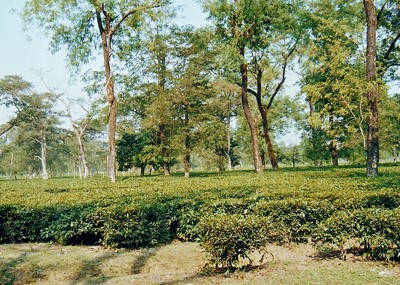The Food and Agriculture Organization of the United Nations estimates that around 45 million tons of phosphorus fertilizers will be used around the world in 2018. Much will be applied to soils that also received phosphorus fertilizers in past years.
According to a new study, much of that could be unnecessary.
“Previous application of phosphorus fertilizers increases the effectiveness of subsequent applications,” says Jim Barrow, lead author of the study. Barrow is a scientist at the University of Western Australia.
He says better understanding soil phosphorus dynamics can have many benefits. It could lead to more judicious use of phosphorus fertilizers. “At a world level, phosphorus is a limited resource. We need to use it wisely.”

At a local level, excessive use of phosphorus fertilizers can pollute water. And at the farm level, purchasing phosphorus fertilizers is a major expense for farmers. “If farmers use only as much as is required, it will help the environment,” Barrow states. “It will also save them money.”
When phosphorus fertilizers are applied to soils, only a fraction is taken up by plants. That’s because most of the phosphorus is stuck on soil grains; only a small proportion is in solution. “When the portion in solution is high, plants can get phosphorus quickly from the soil,” says Barrow. “Low fertilizer application rates are sufficient.”
Phosphate, the compound used in fertilizers, can react with and penetrate soil particles. Barrow points out that when this happens, it’s “scarcely available to plants. This is a major reason why farmers have to reapply phosphorus fertilizers.”
But this has its upside. “When phosphate penetrates soil particles, it makes the soil particles more negatively charged,” Barrow explains. Since similar charges repel each other, negatively charged soil particles repel the negatively charged phosphate. That means there is more in solution. Plants get it faster, and therefore need less fertilizer.